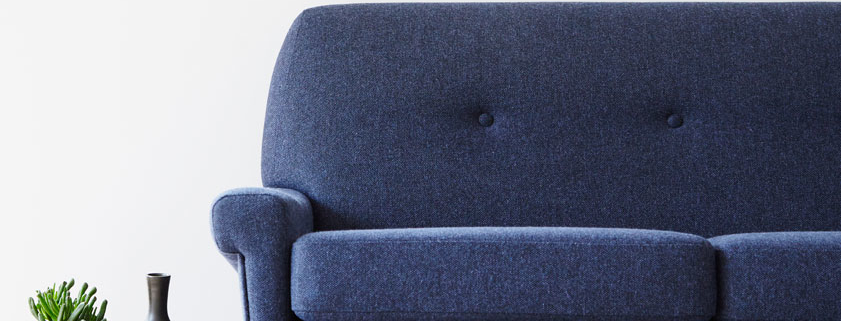The Value of Vintage
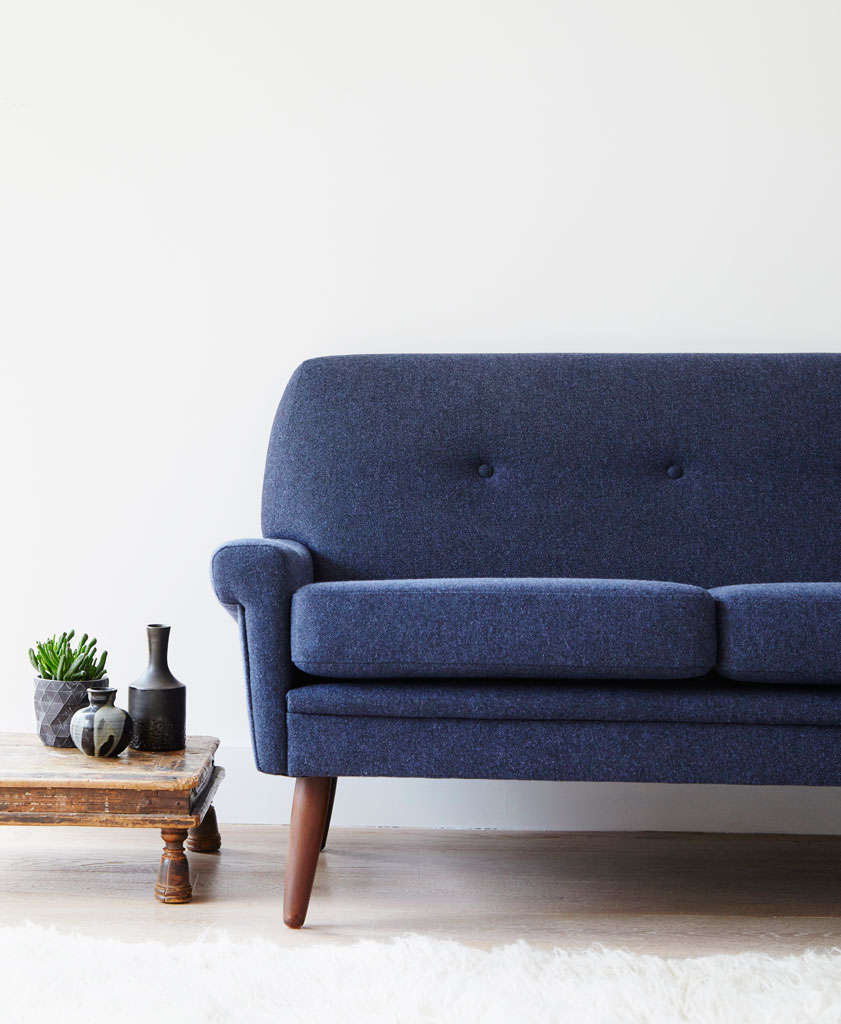 As customers we are increasingly demanding more transparency about the environmental impact of what we buy, and there has been a move away from the throwaway towards more considered purchasing.
As customers we are increasingly demanding more transparency about the environmental impact of what we buy, and there has been a move away from the throwaway towards more considered purchasing.
There is a balance, Marie Kondo may advise we have in our homes ‘only that which sparks joy’. Fine in principle but sometimes harder to achieve amidst the ebb and flow of life and I doubt she’s had to negotiate with a truculent teenager about the contents of their bedroom, none of which ‘spark joy’, (apart from possibly in an environmental health officer).
At whatever level, people will still want and need to buy things but the old ‘design, make, use and discard’ model is unsustainable and attitudes are changing.
At this years Milan design week, sustainable design entered the mainstream and there is an interesting write up from Dezeen about some of the best projects promoting sustainability and tackling environmental issues.
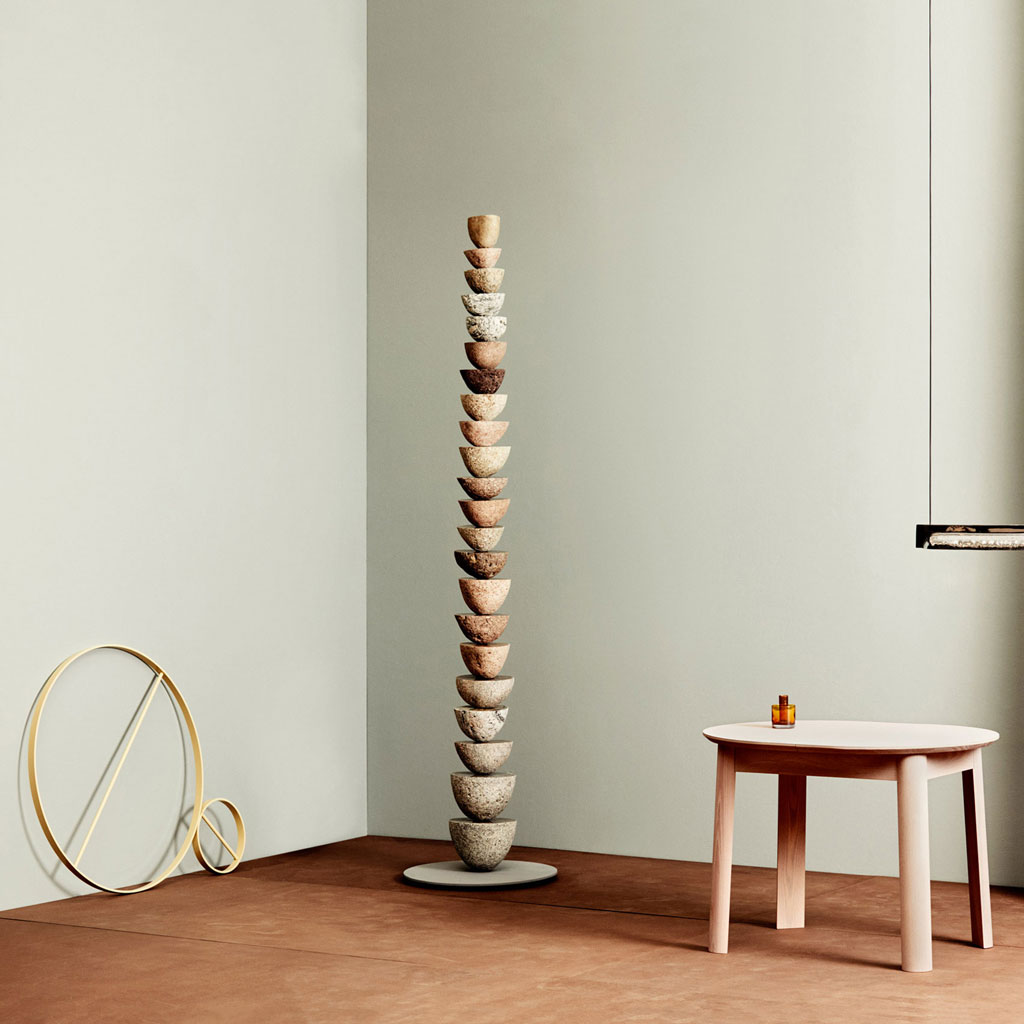 There was a call on the design industry to embrace the circular economy – exploring new ideas for recycling materials and working with more sustainable natural materials, keeping resources in use for as long as possible, and recovering and regenerating materials at the end of their life.
There was a call on the design industry to embrace the circular economy – exploring new ideas for recycling materials and working with more sustainable natural materials, keeping resources in use for as long as possible, and recovering and regenerating materials at the end of their life.
Within this bigger picture I think that vintage and refurbished vintage furniture has a role to play. The value in seeking out and investing in quality pieces which come with a previous life lived, to be enjoyed, cherished and passed on to future generations, rather than ending up in landfill.
Extending the life of antique and vintage furniture, reduces its carbon footprint, cuts down on waste and makes environmental sense.
And interestingly, the increased focus on sustainability has been reflected in a reported boom in antique and vintage furniture sales, driven by a younger market which is rejecting the throwaway culture and opting instead for pre-owned pieces – unique and more personal items that last over time.
The Scandinavian furniture we refurbish at Stedsans comes with an integrity and longevity very much in harmony with this ethos.
Danish Midcentury design and manufacture focused on quality of materials and craftsmanship. Furniture was designed to be both beautiful and functional and importantly was made to last.
People invested in pieces which might cost a little more but would endure and even improve with age, the concept of “beautiful things that make your life better” was and remains highly regarded.

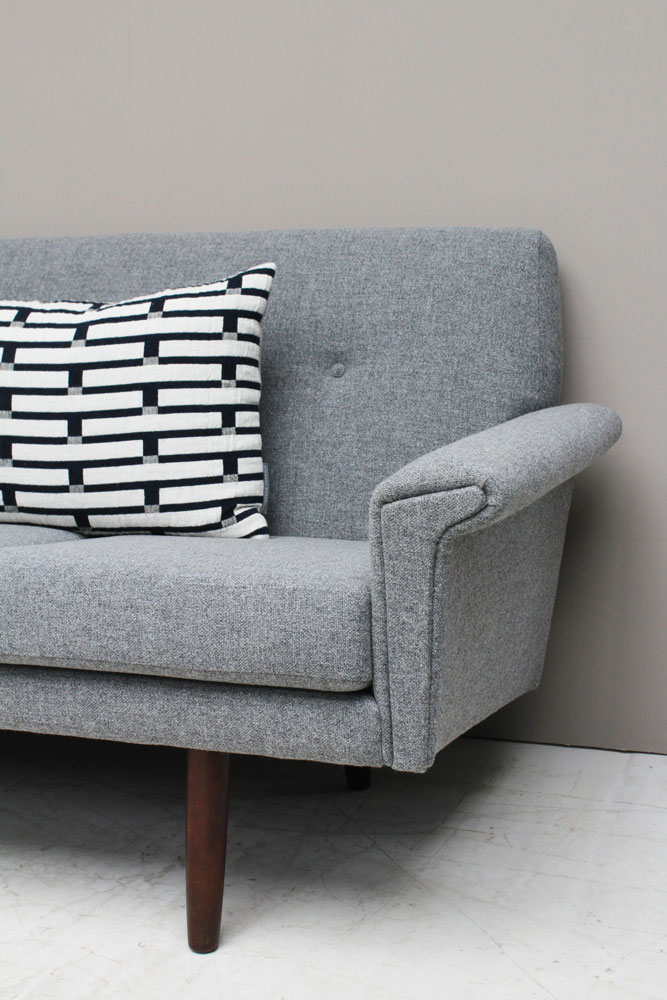
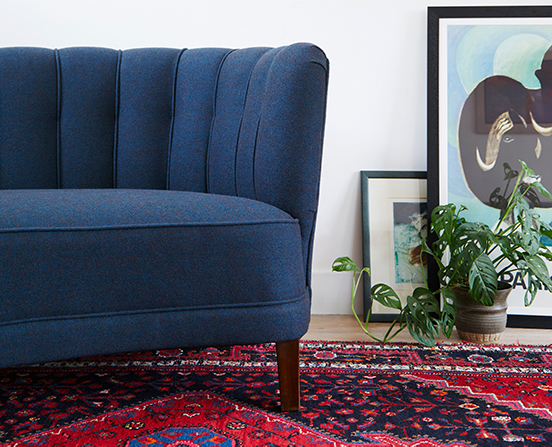 Restoring these wonderfully well made original frames values their past life and the skill and craftsmanship that went into making them. One of our customers, interior designer Cécile Bell put it perfectly:
Restoring these wonderfully well made original frames values their past life and the skill and craftsmanship that went into making them. One of our customers, interior designer Cécile Bell put it perfectly:
“As an interior designer I am highly interested in the use of a more characterful object, a piece with a story which has crossed several generations and has found a new lease of life.
I have the pleasure of owning this little piece of the story with its great classic design together with the satisfaction of not adding to the mass market production. I also love the fact that it keeps alive traditional methods of renovation and upholstery by talented and creative small businesses.”
It’s an ongoing process and looking forward we are also exploring different materials for the refurbishment process itself to allow us to offer more options to our customers. Let us know what you think, we’re always happy to talk sofas..!

